The greatest time to praise and recognize Iranian artisans who work tirelessly to share their country's rich artistic heritage with the rest of the world is on World Handicrafts Day.
Iran (IMNA) - Considered a hub for crafts and folk art, Isfahan is the third biggest city in Iran, with about 5 million inhabitants. Its creative sector comprises the country’s most specialized craftspeople in 167 different disciplines, including carpet weaving, metalwork, woodwork, ceramics, painting, and inlay work of various kinds.
Naqsh-e Jahan Square is home to works of high quality and craftsmanship. Additionally, international events such as World Handicrafts Day highlight the city’s craft and folk art.
As Isfahan primarily considers crafts and folk art as key levers to foster social reintegration and cohesion, employment growth, and the preservation of vanishing traditions and knowledge, the municipality’s programs reflect these objectives by working in close collaboration with craft people. A wide range of training workshops and financial support mechanisms have been developed, notably in the framework of the Handicrafts Cooperative Societies, gathering both public and private entrepreneurs to formulate innovative projects and policies to enhance the status of artists and the contribution of crafts and folk art to sustainable urban development.
These efforts have resulted in a thriving community of artisans and craftsmen who are able to showcase their unique talents and skills.
The handicraft sector provides employment opportunities for a significant number of people, particularly in rural areas where traditional skills are still prevalent. The Iranian government has recognized the importance of this sector and has implemented policies to support its growth and development. These policies include providing financial assistance to artisans, improving infrastructure and marketing channels, and promoting the sector through exhibitions and fairs. Despite these efforts, challenges remain, such as competition from mass-produced goods and a lack of access to modern technology. Nevertheless, the handicraft sector continues to thrive in Iran, with unique products such as carpets, pottery, textiles, and jewelry gaining popularity both domestically and internationally. As consumers become more conscious of sustainability and ethical production practices, the demand for handmade products is expected to increase further. With its rich cultural heritage and skilled artisans, the Iranian handicraft sector is poised for continued success in the global market. Let's enjoy some shots of Persian handicrafts through IMNA's camera.

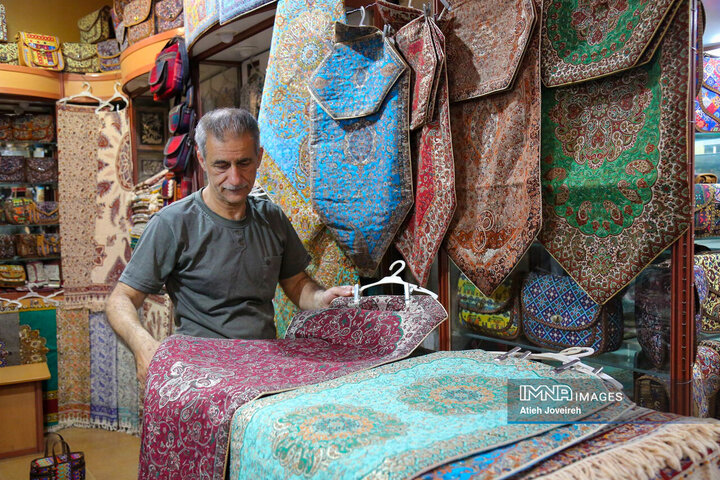
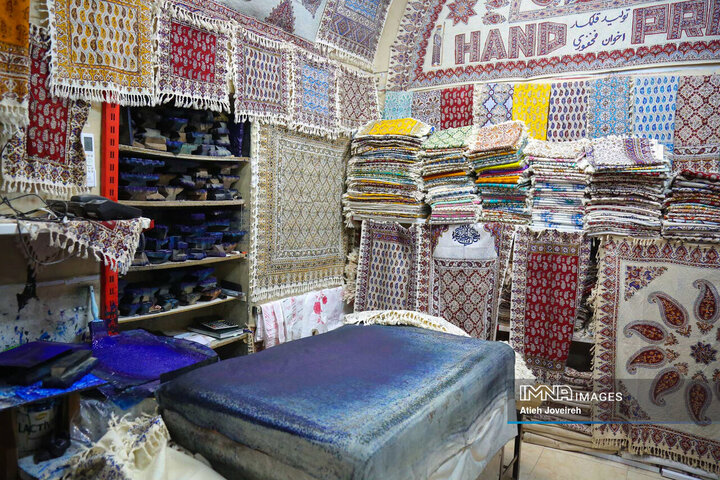
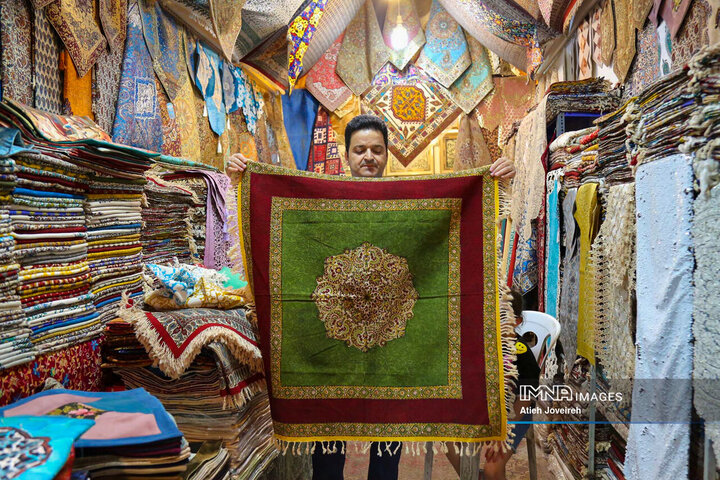
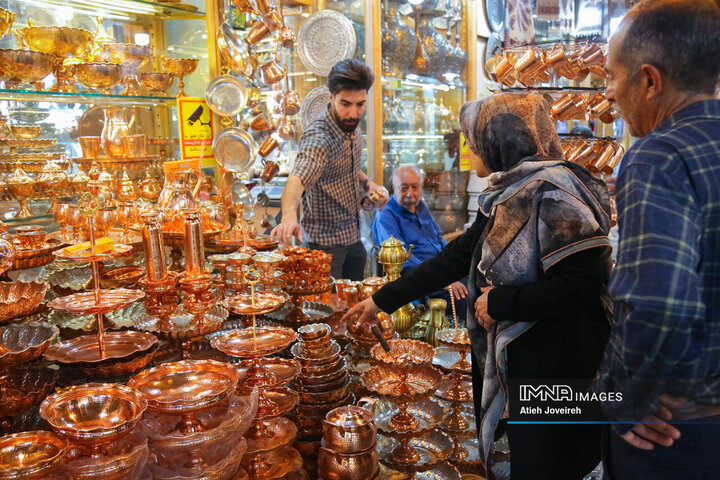


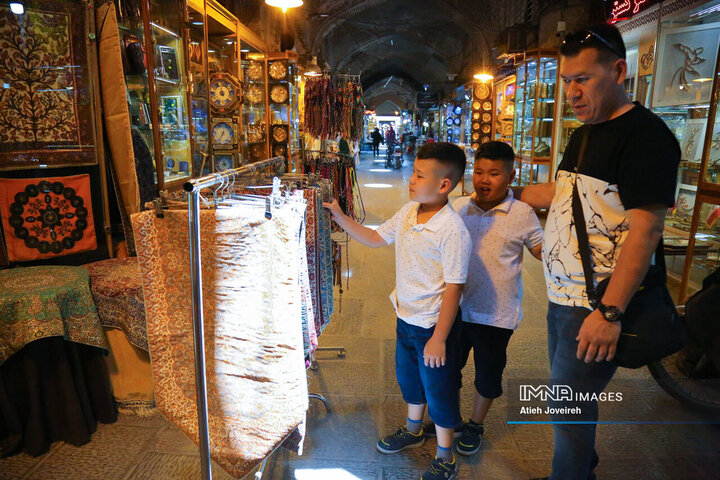




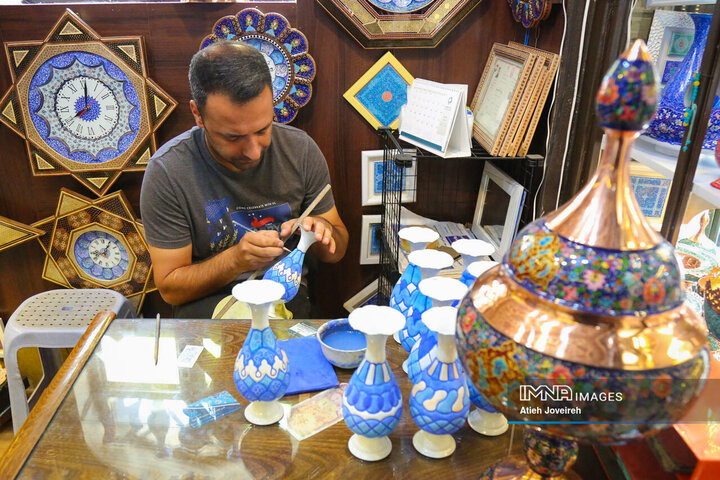
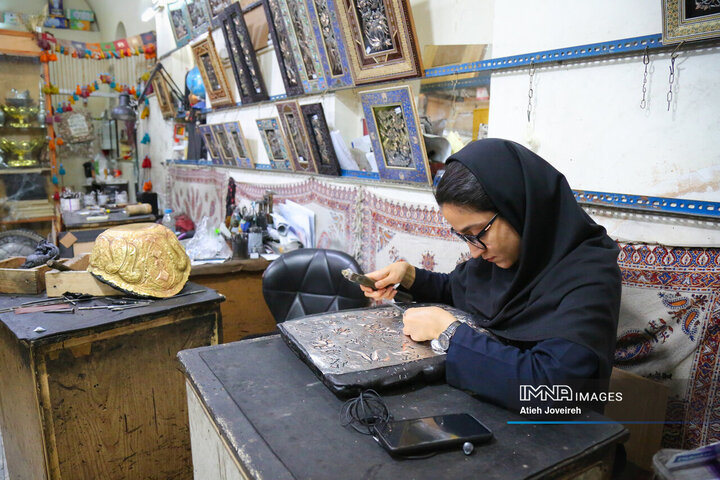
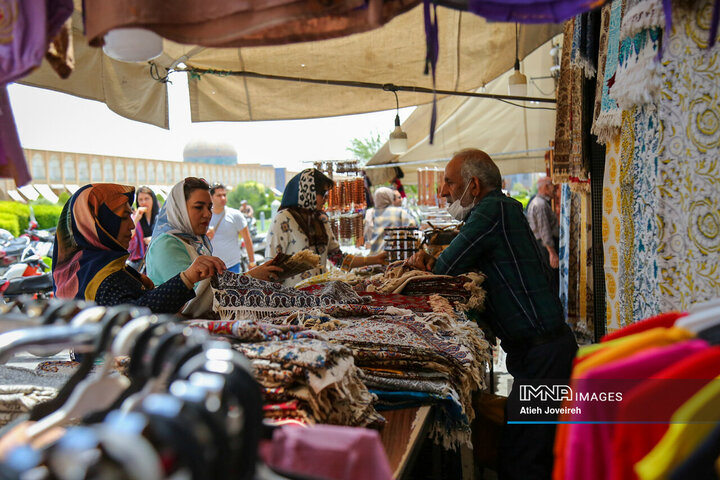
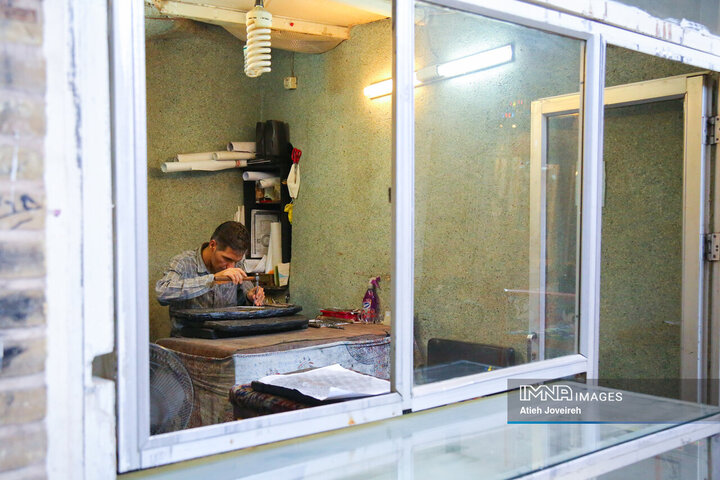
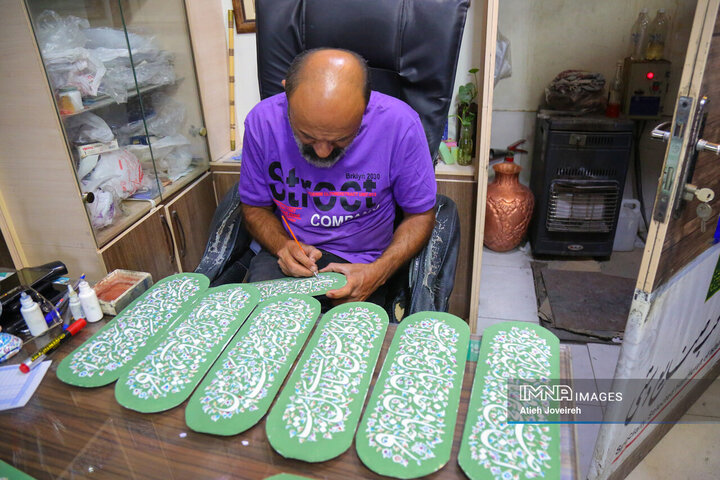
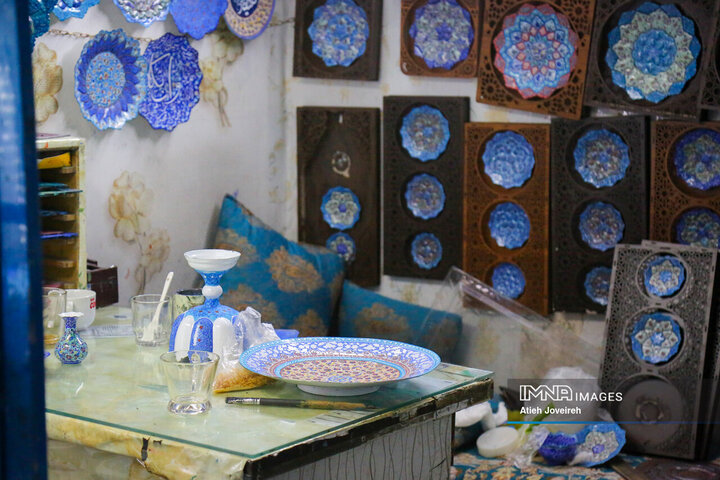
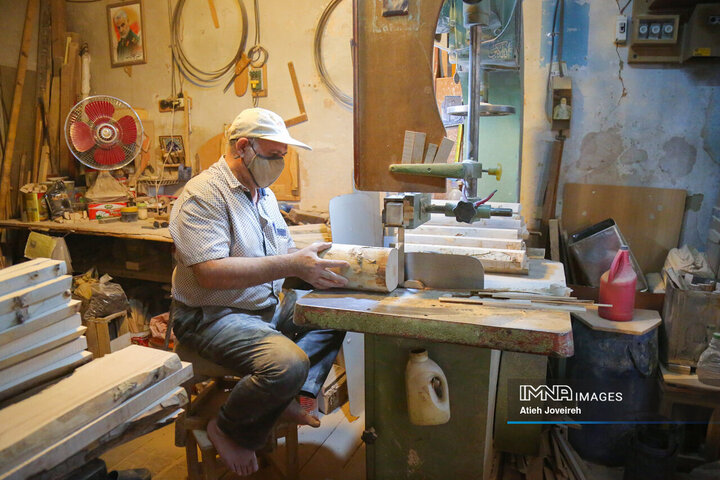
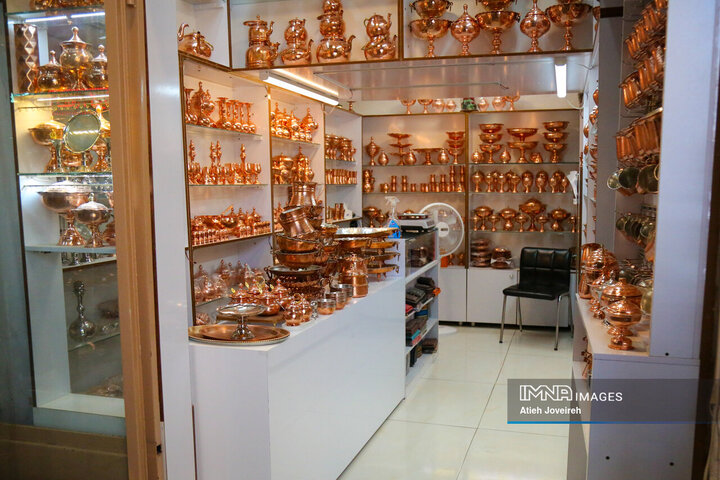

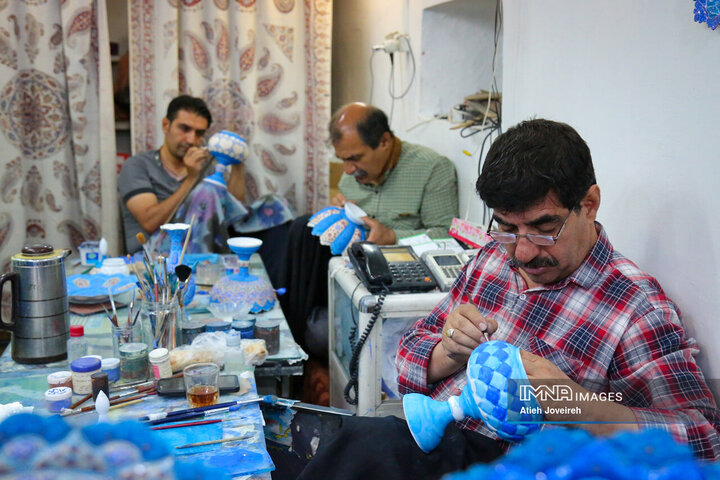
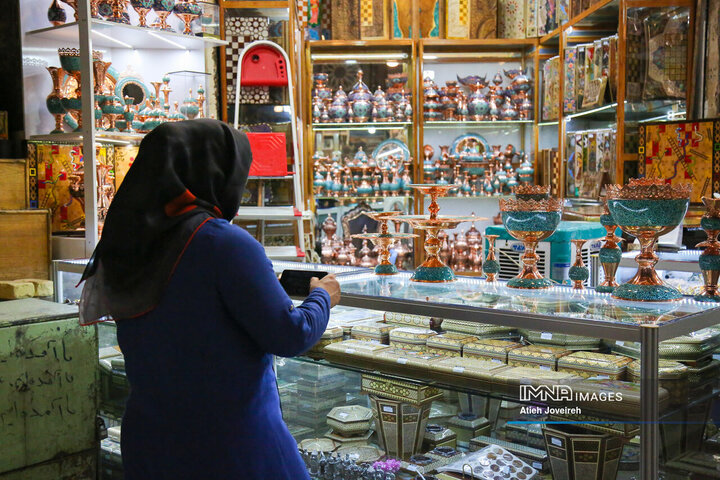
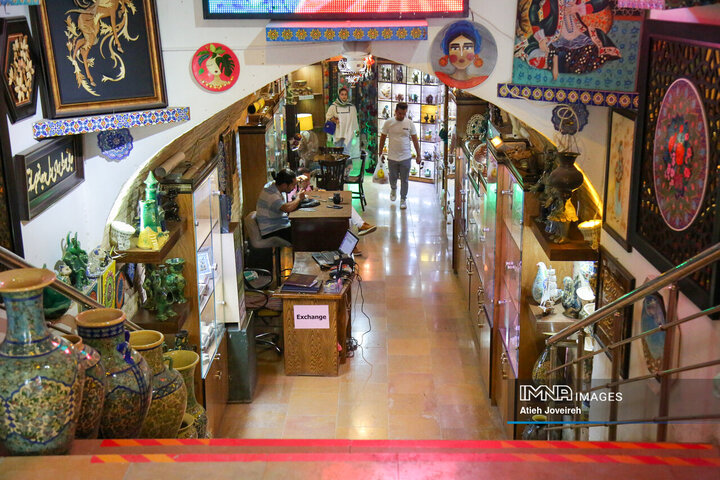
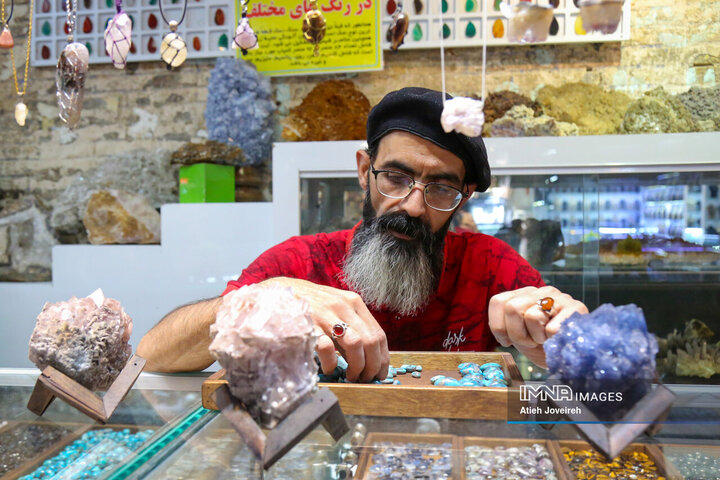
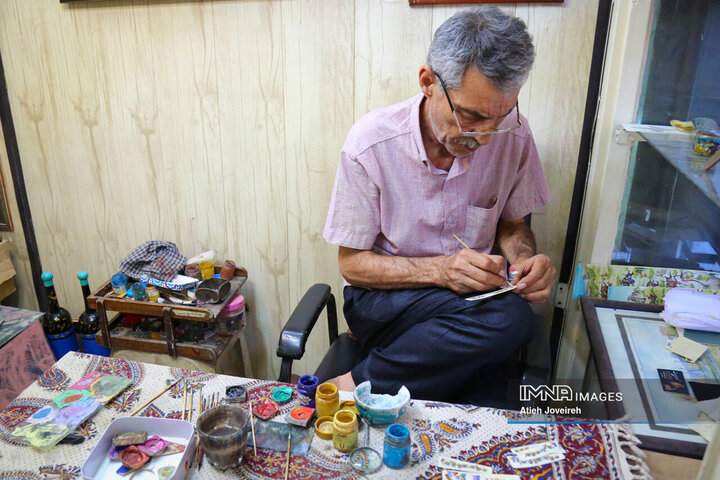
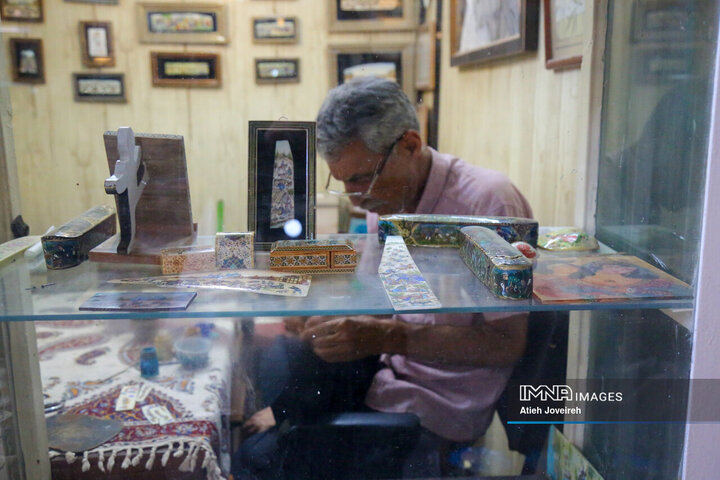
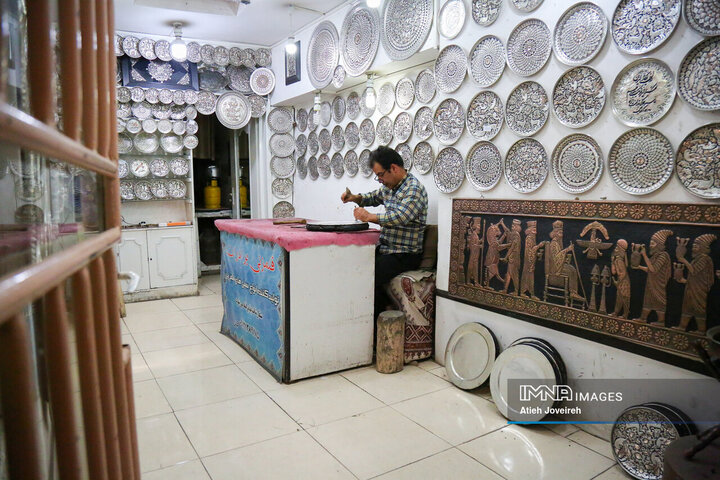
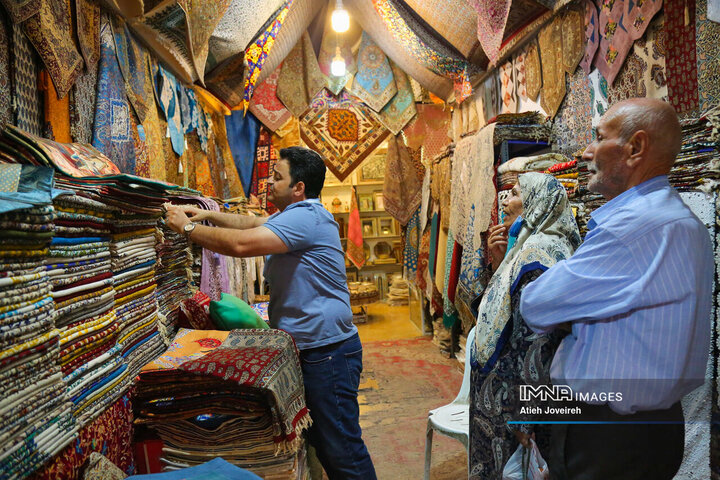
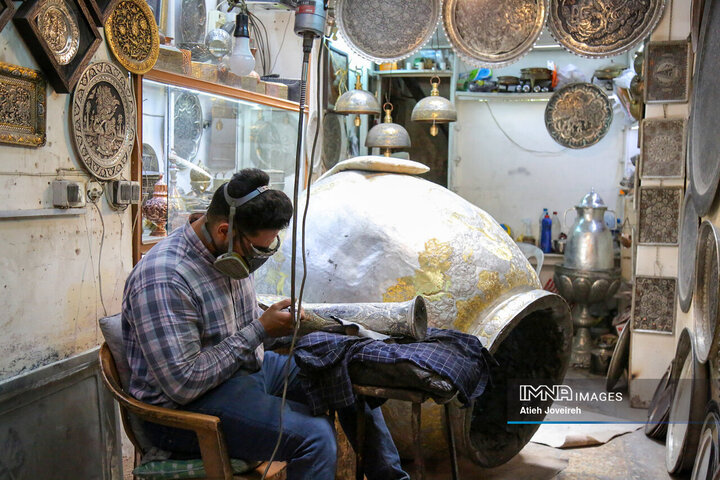
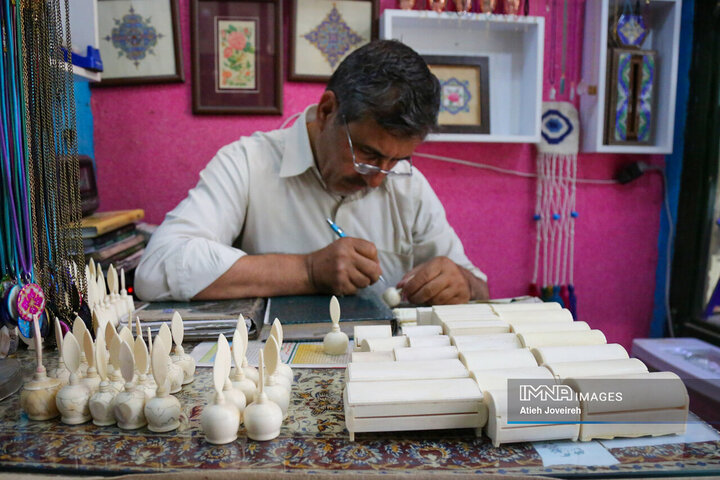

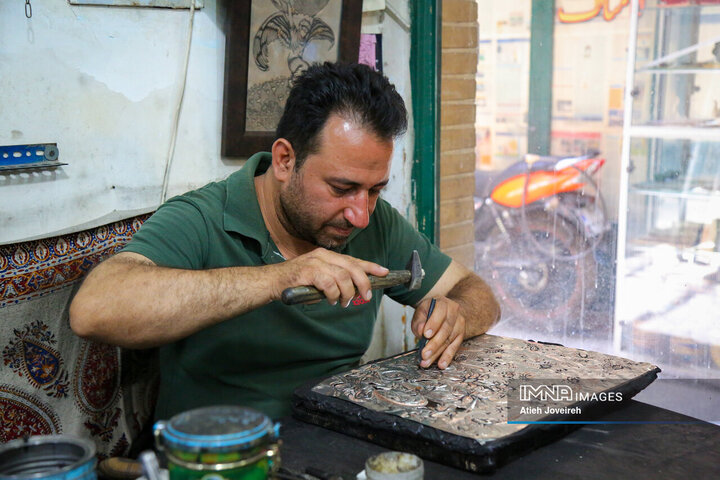
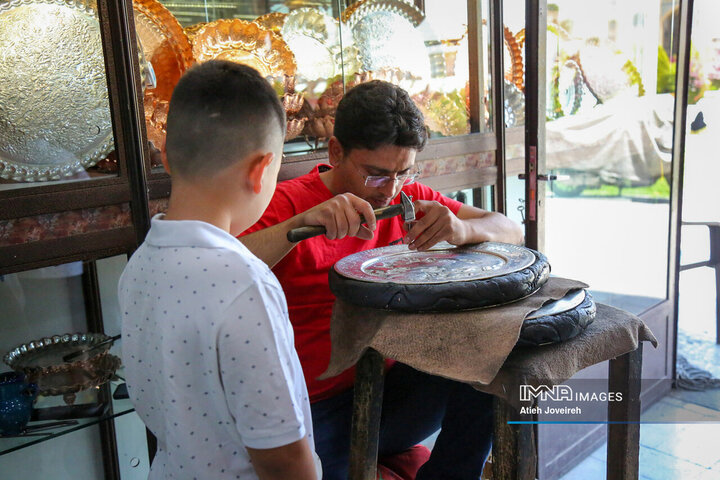
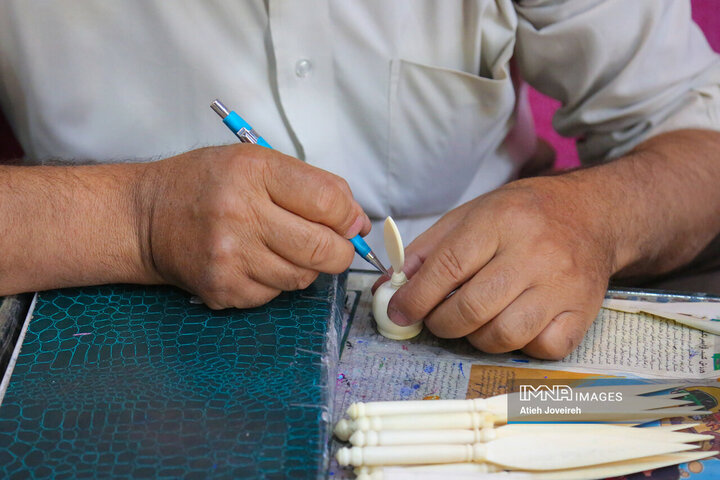
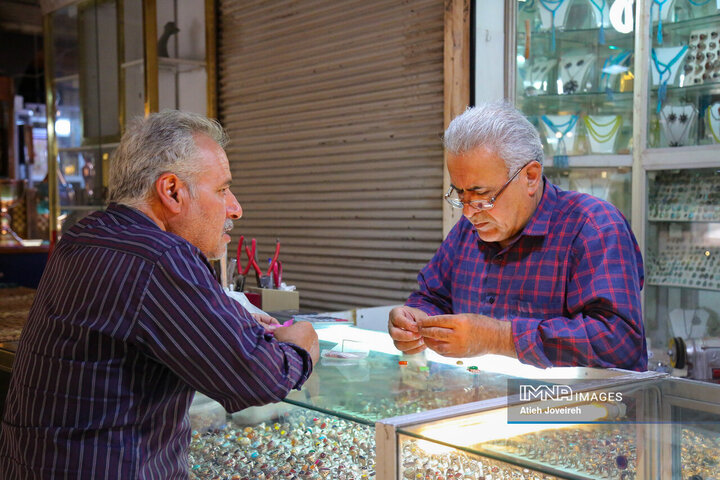
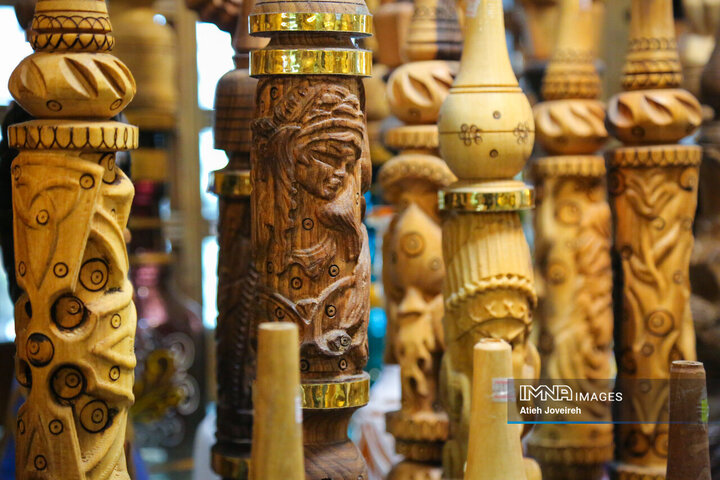
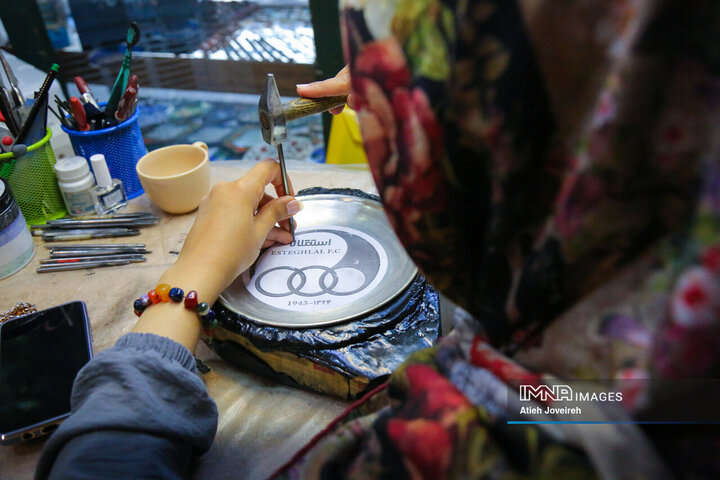

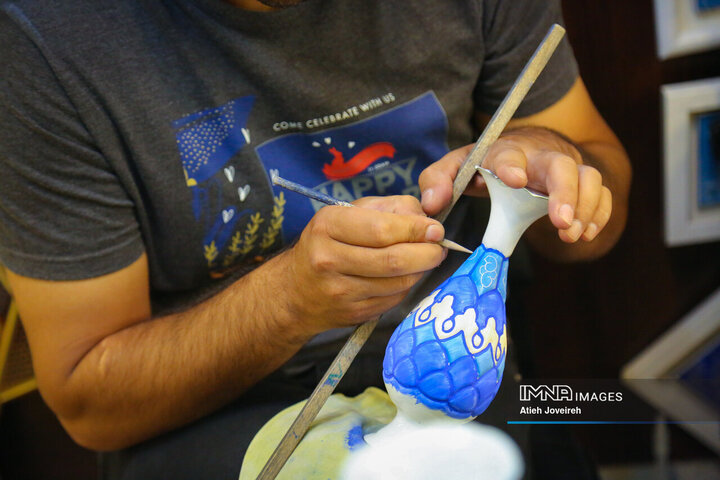
Your Comment